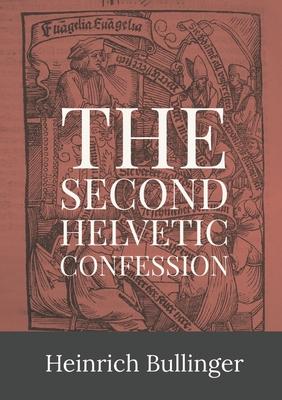The Second Helvetic Confession (Latin: Confessio Helvetica posterior) was written by Heinrich Bullinger in 1562 and revised in 1564 as a private exercise. It came to the notice of Elector Palatine Frederick III, who had it translated into German and published. It was attractive to some Reformed leaders as a corrective to what they saw as the overly-Lutheran statements of the Strasbourg Consensus. An attempt was made in early 1566 to have all the churches of Switzerland sign the Second Helvetic Confession as a common statement of faith. It gained a favorable hold on the Swiss churches, who had found the First Confession too short and too Lutheran. However, "the Basel clergy refused to sign the confession, stating that although they found no fault with it, they preferred to stand by their own Basel Confession of 1534".

The Second Helvetic Confession (Latin: Confessio Helvetica posterior) was written by Heinrich Bullinger in 1562 and revised in 1564 as a private exercise. It came to the notice of Elector Palatine Frederick III, who had it translated into German and published. It was attractive to some Reformed leaders as a corrective to what they saw as the overly-Lutheran statements of the Strasbourg Consensus. An attempt was made in early 1566 to have all the churches of Switzerland sign the Second Helvetic Confession as a common statement of faith. It gained a favorable hold on the Swiss churches, who had found the First Confession too short and too Lutheran. However, "the Basel clergy refused to sign the confession, stating that although they found no fault with it, they preferred to stand by their own Basel Confession of 1534".